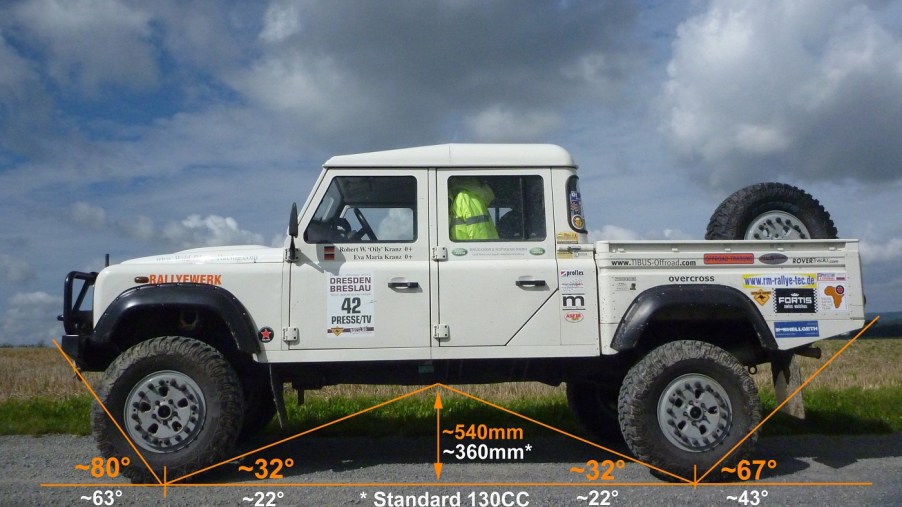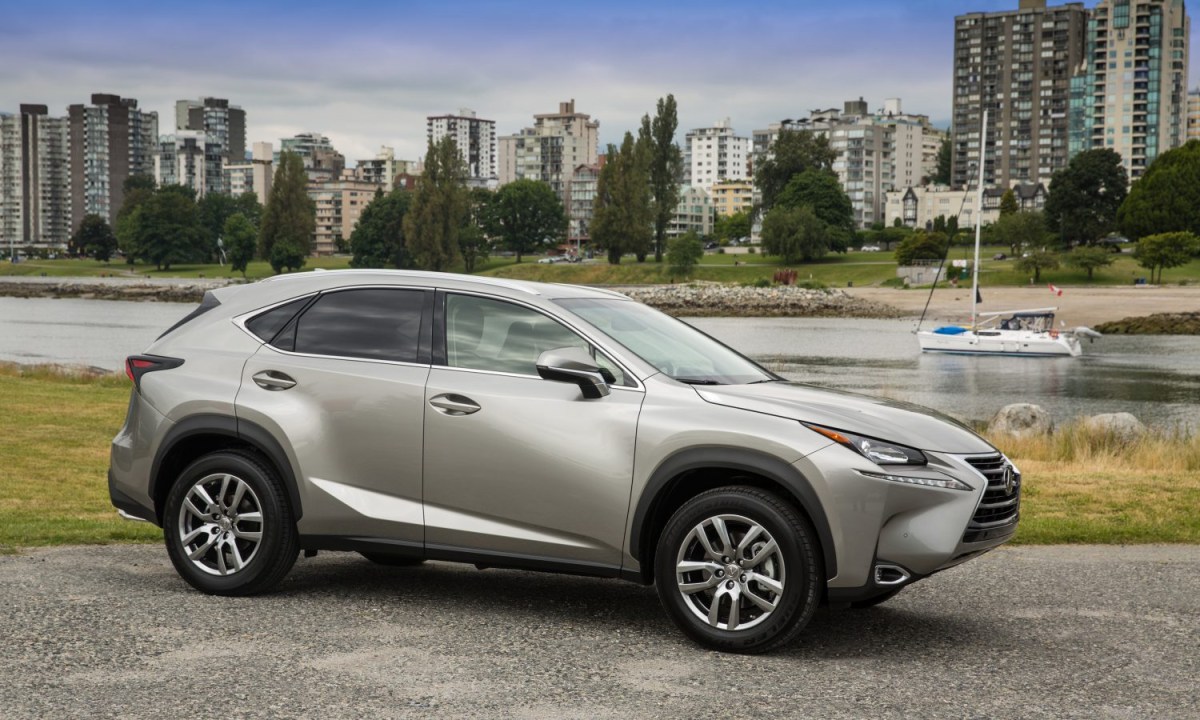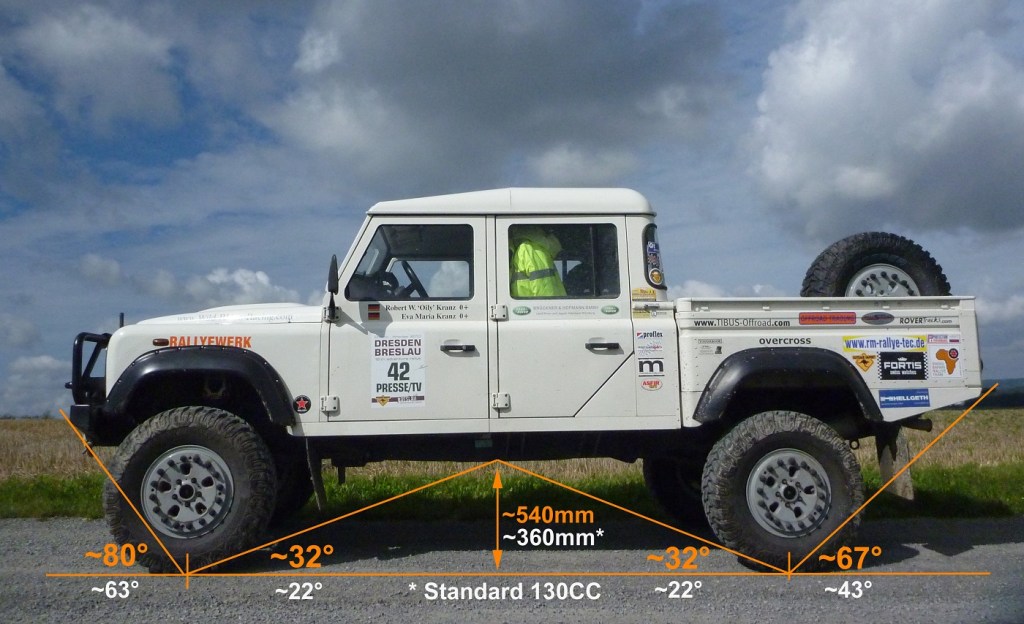
Why are Some Off-Road SUVs Ugly? Blame the Feds
Your Lexus is probably a farm truck. So is your Bronco, 4Runner, Suburban Z71 or G-Wagon and other off-road SUVs.
Why? The feds classify things differently than you and me. The National Highway Traffic Safety Administration rates some vehicles as passenger vehicles, and others as non-passenger off-road vehicles. It makes sense because most of us aren’t using our Jeep Wrangler like a John Deere. But this one weird federal rule has created an entire class of SUVs that are actually NOT classified as passenger vehicles — and some look weird because of it.
To be classified as an off-road vehicle means that an SUV (or truck) doesn’t have to meet the same fuel economy or safety standards as a “passenger automobile.”
28 degrees is the magic number for off-road SUVS

The most egregious example of taking advantage of this rule was probably the first-generation Lexus NX. The NX is a tall five-passenger SUV, but the 2014 version had a weird snout that pointed towards the sky. Why? Because it improved its approach angle, which means it can approach an obstacle that is steep. Like a farm truck. That snout meant the NX didn’t have to meet the same fuel economy standards as, say, a Highlander. Instead, because of that (and other things) it was classified a “non-passenger vehicle.” Not that you couldn’t carry five passengers in luxury in a NX. Several other manufacturers also used the same trick.
The federal rules are straightforward, but not easy to meet

According to the NHTSA, an automobile capable of off-highway operation, as indicated by the fact that it:
Is rated at more than 6,000 pounds gross vehicle weight; and
Has at least four of the following characteristics calculated when the automobile is at curb weight, on a level surface, with the front wheels parallel to the automobile’s longitudinal centerline, and the tires inflated to the manufacturer’s recommended pressure –
(i) Approach angle of not less than 28 degrees.
(ii) Breakover angle of not less than 14 degrees.
(iii) Departure angle of not less than 20 degrees.
(iv) Running clearance of not less than 20 centimeters.
(v) Front and rear axle clearances of not less than 18 centimeters each.
The approach, breakover, and departure angles are key in this. That’s why your truck has a super-short distance from the wheel to the bumpers, it improves the angle. Those angles help get you clear obstacles, but they also mean that your truck can pollute more than a car.
A non-passenger vehicle is one that carries more than 10 passengers. Really.

A non-passenger vehicle is one that carriers more than 10 passengers. Really.
Non-passenger vehicles include those that are made to transport more than 10 passengers. Really. As well as those that have more cargo volume than passenger volume, such as a cargo van. This exempts school busses, RVs, and others from some fuel regulations. But, it also exempts your Suburban, Bronco, or Land Rover Defender and other off-road SUVs.
Manufacturers love this rule. It helps them meet federal Corporate Average Fuel Economy, or CAFE, standards, because an off-road vehicle can pollute more than a “passenger vehicle,” like a minivan.
It makes sense that if you’re driving a John Deere tractor you shouldn’t be held to the same standards as a city commuter car. But it did create a loophole for making some awkward-looking off-road SUVs.


